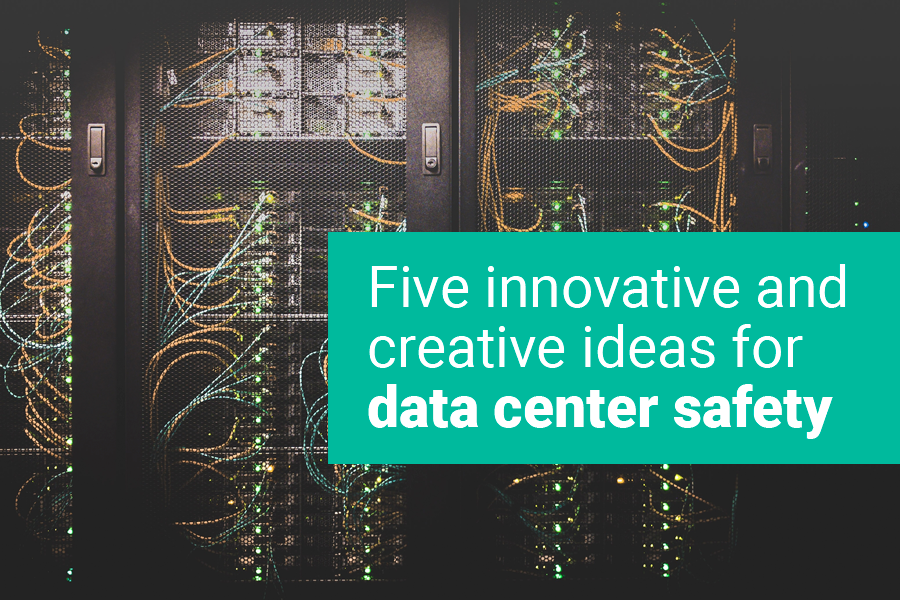Today, businesses need a data center to be compact-size, effective, and cost-efficient, but, above all, perfectly safe to host the most valuable data. Here are five main ways to ensure secure and uninterrupted data center operations.
Free сooling
How to reduce OPEX and improve the performance of a data center? Optimize on-site cooling, which is the second most expensive item on the electricity bill after IT load.
Solution: Take region’s temperature statistics for the last 50 years, calculate annual energy consumption for equipment from various vendors, and finally… Start using outdoor air to the fullest. This technology is called free cooling.
How it works: There are two main types of free cooling: direct and indirect. When it comes to the direct method, outdoor air, once filtered, goes directly to computer rooms, with key benefits here being low energy consumption and implementation cost, as well as simple design. Even though indirect free cooling is less effective as it requires heat exchangers to convey the air through, this method ensures that the same clean air circulates in computer rooms.
Li-ion batteries
A question of the day: what can replace lead acid batteries, the most common uninterrupted power supply (UPS) units for data centers? It seems like li-ion batteries, which brought their developers the 2019 Nobel Prize in Chemistry, are the best way to go. Being much lighter than traditional ones, they can even be mounted on ceiling and walls that can hardly sustain the weight of lead. This is very important as many data centers are created in already existing buildings. Moreover, li-ion batteries are considerably smaller and thus don’t occupy much space in a server room.
How it works: UPS units ensure that a data center keeps working in the event of a power shutdown until either the primary power source restoration or switchover to a backup source. In addition to being light and compact, a li-ion battery features high power capacity, long service life (about 10 years) and fast charging.
Liquid cooling
Just a few years ago, this cooling method was only used for supercomputers, while today it is also increasingly the case for regular data centers. Such systems are small and consume minimum energy (power is only needed for several low-flow pumps).
How it works: Server equipment is fully submerged in a leak-proof slightly open tank containing liquid dielectric coolant, which is evenly distributed to keep constant temperature.
Fire-fighting systems
How to put out a fire in a data center? Today’s fire-fighting systems for data centers can be divided into two types: water mist and nitrogen.
Water-mist systems create microscopic droplets (100-150 microns) of distilled water that are considered safe for data center equipment. These systems have minimum water consumption and can be effectively used in both sealed and unsealed rooms, even with people still being nearby.
Nitrogen fire-extinguishing systems displace oxygen by nitrogen generated directly in the protected space, thus completely suppressing fire. This method is also safe for people.
How it works: Modern aspirating fire detection systems can raise alert even before visible smoke particles fill the room. Unlike passive smoke detectors, this system actively draws air samples through holes within pipes that run throughout the protected area to ensure continuous analysis. Thanks to such systems, data centers rarely catch actual fire.
Physical security
Several innovative technologies are widely leveraged at data centers against intruders.
- Intelligent video analytics based on neural networks already allow data center operators to recognize faces and license plates, locate items that were left unattended, etc.
- Biometric identification (fingerprint, iris, palm vein pattern, 3D face recognition) is used to control access and prevent impersonation of employees.
- Security mantraps with weighing platforms are installed in a Turkish earthquake-resistant data center at the building and computer room entrances to prevent multiple people from using a single pass card.
How it works: The above-listed systems ensure multi-tiered security, with each next tier making it more difficult to break into a computer room.
